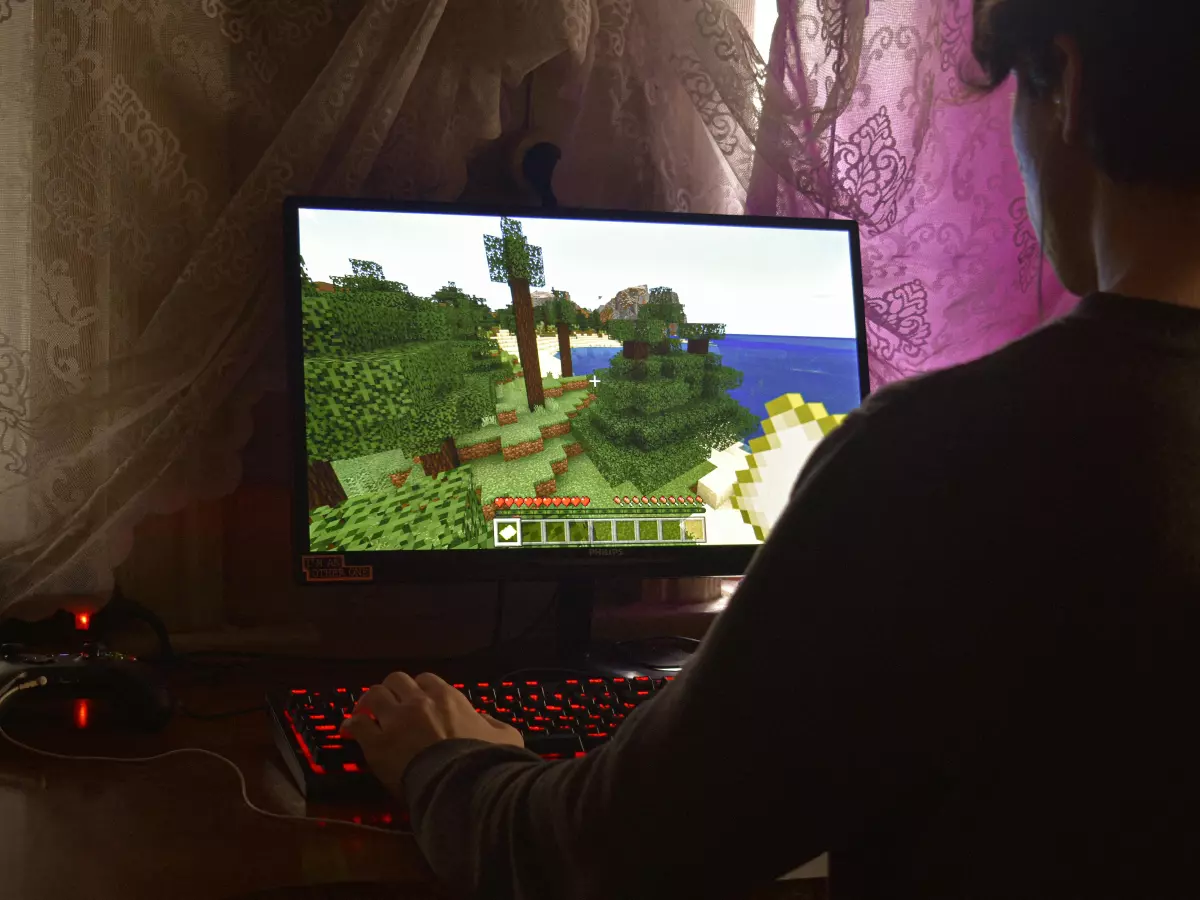Shadows in Motion
Imagine your favorite game without shadows—like a world without echoes, it would feel flat and lifeless. Shadows breathe depth and realism into virtual worlds, but have you ever wondered how game engines pull off this magic in real-time?

By Tomás Oliveira
Real-time shadow rendering is one of the most complex and resource-intensive tasks in game development. According to John Carmack, the legendary programmer behind Doom and Quake, "Shadows are the soul of 3D graphics." He's not wrong. Shadows provide critical visual cues about the position, size, and shape of objects, making environments feel tangible and immersive.
But here's the kicker: rendering shadows in real-time isn't just about making things look pretty. It's a computational juggling act that involves balancing accuracy, performance, and artistic intent. Let’s dive into how game engines handle this intricate dance.
The Basics: Shadow Mapping
Most modern game engines rely on a technique called shadow mapping. Think of it as a virtual flashlight that casts light onto a scene. The engine first renders the scene from the light's perspective, creating a depth map that records how far objects are from the light source. Then, when rendering the scene from the player's perspective, the engine checks this depth map to determine which areas should be in shadow.
Sounds simple, right? Not so fast. Shadow mapping has its quirks, like shadow acne (weird, jagged artifacts) and Peter Panning (shadows that float awkwardly away from objects). Developers use tricks like biasing and filtering to minimize these issues, but it’s a constant battle between quality and performance.
Soft Shadows: The Holy Grail
Hard-edged shadows are a dead giveaway that you’re in a digital world. In real life, shadows blur at the edges due to the size and distance of light sources. Achieving this effect in games is no small feat.
Enter percentage-closer filtering (PCF) and variance shadow maps (VSM). These techniques blur the edges of shadows to make them look more natural. However, they come at a cost: more GPU cycles. Developers often have to make tough choices about where to allocate resources, especially in fast-paced games where every millisecond counts.
Dynamic Shadows: Keeping It Real
Static shadows are fine for objects that don’t move, but what about characters, vehicles, or swinging chandeliers? Dynamic shadows are a must for these, and they’re a whole different beast.
Game engines use techniques like cascaded shadow maps (CSM) to handle dynamic shadows efficiently. CSM divides the scene into multiple sections, rendering high-detail shadows close to the player and lower-detail shadows farther away. This approach strikes a balance between quality and performance, ensuring that the game runs smoothly without sacrificing visual fidelity.
Ray Tracing: The Future of Shadows
If shadow mapping is the old-school rock band, ray tracing is the new kid on the block with a shiny electric guitar. Ray tracing simulates light and shadows by tracing the path of individual rays of light. The result? Incredibly realistic shadows that react dynamically to changes in the environment.
However, ray tracing is a resource hog. Even with modern GPUs like NVIDIA’s RTX series, it’s challenging to implement in real-time without tanking performance. That’s why many games use a hybrid approach, combining ray tracing with traditional shadow mapping to get the best of both worlds.
Networked Shadows: A Multiplayer Challenge
In multiplayer games, shadows add another layer of complexity. Imagine a scenario where Player A sees a shadow cast by Player B, but Player B doesn’t see it. This kind of desynchronization can break immersion and even affect gameplay.
Game engines solve this by synchronizing shadow data across the network. However, this requires careful optimization to avoid lag. Techniques like level of detail (LOD) for shadows and predictive algorithms help ensure that everyone sees the same thing without bogging down the server.
Artistic Choices: When Realism Isn’t the Goal
Not all games aim for photorealism. Stylized games like Hollow Knight or Celeste use shadows to enhance their unique art styles. In these cases, developers have more freedom to experiment with shadow techniques, focusing on what looks good rather than what’s physically accurate.
This artistic flexibility is one of the reasons why shadows are such a fascinating aspect of game design. They’re not just a technical challenge; they’re a storytelling tool that can evoke mood, tension, and drama.
Final Thoughts
Shadows are more than just a visual effect; they’re a cornerstone of immersive gaming. From the humble shadow map to cutting-edge ray tracing, game engines have come a long way in their quest to replicate the play of light and dark.
So, the next time you’re sneaking through a dimly lit corridor or marveling at a sunset in your favorite game, take a moment to appreciate the technology—and the artistry—that makes it all possible.
Fun fact: Did you know that the first game to use real-time shadows was Quake in 1996? It’s amazing to see how far we’ve come in just a few decades!





